How to live healthy? Part 3: Is there an interplay between CRM, Autophagy & Telomeres?
Ok, let’s come back to the core of this series. @lauch3d was asking me concerning a potential link between autophagy, caloric restriction mimetic & telomeres.
Just a quick rehearsal:
Autophagy is a cellular recycling mechanism to keep your cells clean. Autophagy is activated either by lowering the intake of nutrients or by various substances or drugs, the so-called caloric restriction mimetics. For more information check my articles here, here, here, here, here and here.
Telomeres are the ends of your chromosomes not carrying any information. Within each cell division the telomeres are getting shorter which is prevented by the enzyme telomerase. To find out more please read Part 2 of this series right here.
To illustrate the entire scene a bit more vividly, I have described the mechanism of autophagy as some kind of Packman. This Packman is threatened by certain pathways which occur under normal conditions and much stronger in the case of unhealthy living. I caricatured these pathways as "The Ghosts". These "Ghosts" cause the cell to divide more frequently, which, in addition to the risk of uncontrolled cell growth, can also contribute to the shortening of the chromosomes. The ends of the chromosomes are the target of certain "hungry enzymes" but can be protected by a concerted action of various other proteins and enzymes, among others the telomerase.
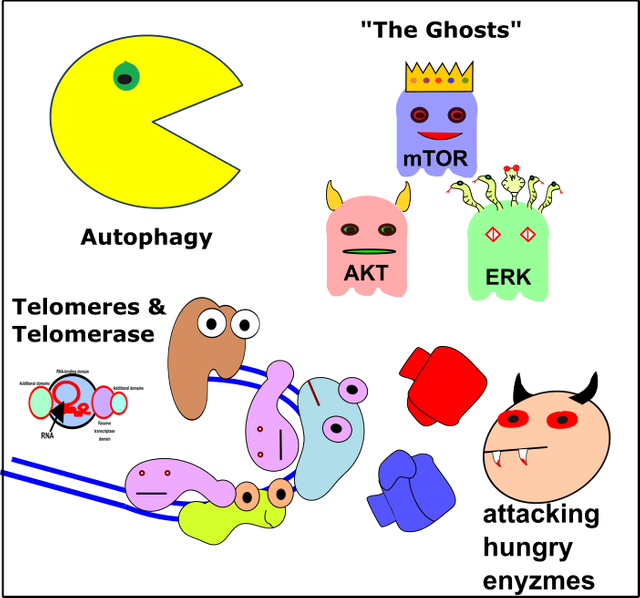
Fig.1 The actors in today's article. Made by Chapper - unrestricted use allowed
The basic (intuitive) connection between all three fields is as follows:
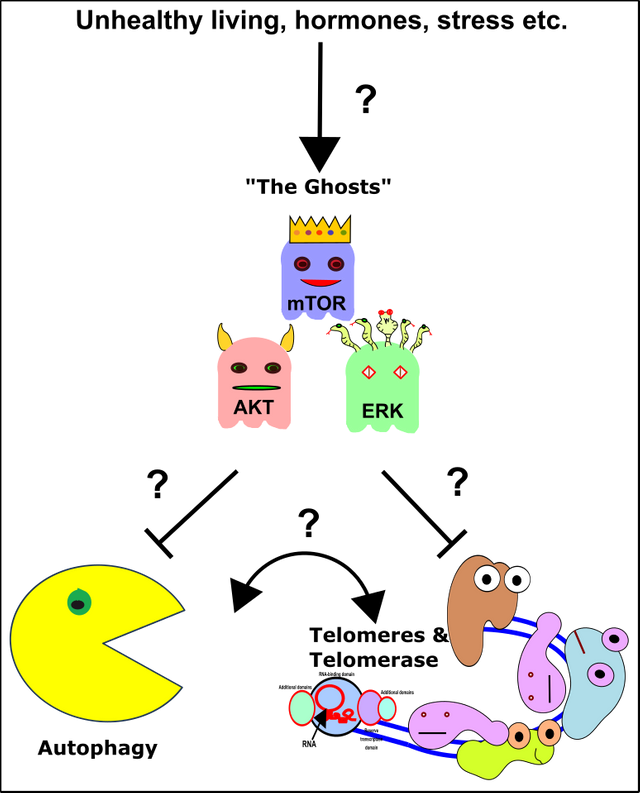
Fig.2 Intuitive connection between factors such as lifestyle, autophagy, and telomeres. Made by Chapper - unrestricted use allowed
However, in principle, you should write question marks everywhere in Fig.2 because the connections are not fully understood. Furthermore, the direct relationship between autophagy and telomeres is still unclear.
In this article, we first want to look at the relationship between autophagy and telomeres. This should enable us to generate a scientifically sound basis on how we can best "serve" our health.
Let us first discuss the relationship between autophagy and telomeres.
In principle, the connection is quite simple as you can read in my autophagy articles:
Increased autophagy results in less cell division and a lower extent of oxidative stress, which is why the DNA is less frequently duplicated or damaged, and therefore you have a lower attacking frequency on your telomeres.
Ok, this is the strictly intuitive conclusion. This would mean in turn that if you follow the points I mentioned in the 5th part of my autophagy articles you would be probably on the right path.
[Reminder: The points were 1. A balanced diet, especially low in animal protein and sugar, 2. Intermittent fasting, 3. Sports and 4. optionally supplements such as curcumin, trans-resveratrol or berberine]
Unfortunately, you have to know that in biology the most intuitive things are often full of obstacles:
Anyone who has ever worked on research projects for a longer period knows this. Even people like professors are often completely surprised when they see that something unexpected happens.
It is therefore important for us to have at first a look into the literature. I found two articles, both published in PlosOne. By the way, PlosOne is, in my opinion, despite its low impact factor (RG Journal Impact: 3.54) an excellent journal with many interesting articles and Open Access.
The two articles I found are from Vera et al. 2013 [1] and Roh et al. 2018 [2].
In the article by Vera et al. 2013 The authors constructed mice that produced high amounts of telomerase. As you can remember, telomerase is almost completely absent in most somatic cells after completion of embryonic development or is only slightly expressed (ie present) and thus only slightly active. In adulthood, the telomerase is however still present in germ cells (especially sperm cells), in stem cells and in some cells of the immune system. The mice by Vera et al. however display a high telomerase expression almost everywhere.
But what did they saw?
In mice, which produced more telomerase through genetic manipulation, the authors did not observe anything special except that
- the reaction to insulin was slightly better
- the neuromuscular coordination had been improved significantly
- the bones were stronger
- and, of course, their telomere length increased
So, in general, these mice were fitter and healthier.
But the funniest thing was:
In parallel, the authors had a control group of mice which were on calorie restriction. Intriguingly, they found in this control group all the positive effects we already discussed above plus
- Less body fat
- Increased glucose tolerance and a generally lower insulin level
You have to know that a control is always of huge importance to assess if your experiment has any value. In mice, with more telomerase activity the effects were slightly increased upon an additional caloric restriction.
This means that you have comparable effects to a higher telomerase expression just by reducing your nutrient intake.
But if you plan to do a genetic reprogramming for a basic higher telomerase level, I have to disappoint you. Genetically manipulated mice displayed a higher rate of cancer.
Nevertheless, this was successfully prevented just by reducing the nutrient intake again.
So we summarize:
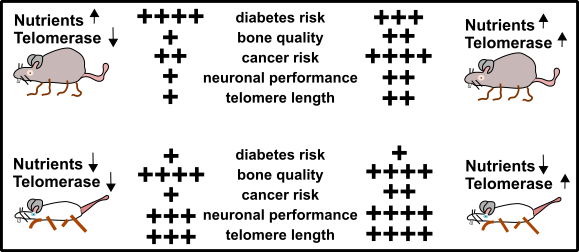
Fig. 3 My personal summary of the paper by Vera et al. 2013. Made by Chapper - unrestricted use allowed
Or in one sentence:
Sometimes less is more, especially when it comes to food!
Ok, so far!
However, the question is how these mechanisms are related to each other. For instance, how can an increased telomerase activity improve your glucose metabolism?
To address this question, I like to talk about the article by Roh et al. 2018. For further reading, also check my article here where I posted a detailed description of glucose metabolism.
Roh et al. were driven by observations that the enzyme hexokinase 2 promotes autophagy. Hexokinase is a key enzyme in glucose metabolism. Autophagy, in turn, is suppressed by mTOR, one of “The Ghosts” shown above. Moreover, Roh et al. found that when the telomerase activity is lower autophagy also declines. Therefore, they hypothesized that there must be a link between telomerase, glucose metabolism, and autophagy.
In their work (primarily based on cell culture experiments), Roh et al. demonstrated that
- little telomerase = little hexokinase 2 & little autophagy
- many telomerase = a lot of hexokinase 2 & a lot of autophagy
It was also apparent that
- Little telomerase = a lot of ghost activity (mTOR pathway)
- much telomerase = little ghost activity (mTOR pathway)
Eventually, the cells had a higher glucose turnover after an elevated telomerase expression. However, the question about the exact connection was still uncovered. Because of the fact that a direct interaction of the telomerase with the enzymes for glucose metabolism was excluded, Roh et al. assumed that the answer must be hidden on the genetic level.
For a better understanding, it is important for you to know what exactly a gene is. Please have a look at the next figure:
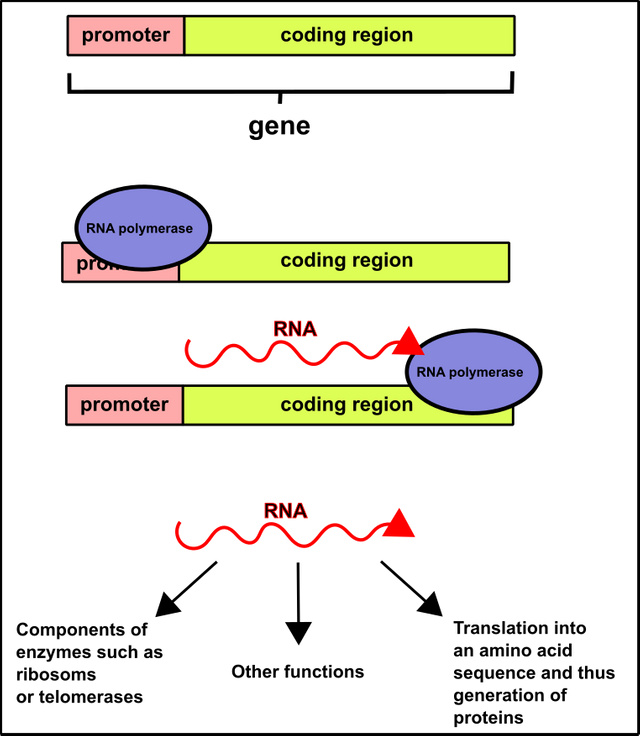
Fig.4 "The Central Dogma of Molecular Biology". Incidentally, the founder of molecular biology was not a biologist, but the physicist Max Delbrück (a student of Niels Bohr). Made by Chapper - unrestricted use allowed
What you can see in the picture above (Fig.4) is the so-called "Central Dogma of Molecular Biology", proposed by the famous geneticist Francis Crick in 1958 and is still valid today. Virtually everything that has to do with molecular biology is all about Fig.4.
Taken together, only three aspects must be accomplished for a certain segment of DNA to can be defined as a gene:
- You need a coding region that carries the information for an RNA.
- You need an area that allows the cellular machinery to find the coding region? This is a so-called promoter.
- Coding region and promoter must be able to generate an RNA with biological activity.
That’s it!
The take home message concerning genes is therefore:
A gene is a segment of DNA from which a biologically active RNA can be transcribed.
Alright, after we learned how to define a gene let’s come back to the main topic of this article:
Incidentally, the fact that the telomerase may have something to do with gene expression was, beside Roh et al., also presumed and demonstrated by other groups [3].
You have to know that the RNA polymerase is always working together with an entire armada of various factors. You can imagine it like this:

Fig.5 The RNA polymerase is never alone at the promoter. Made by Chapper - unrestricted use allowed
These factors (so-called transcription factors) have different functions. These factors are at the one hand important for binding and stability of the RNA polymerase to the promoter. In addition, they can (one the other hand) increase or weaken the efficiency of RNA polymerase.
But that's not all. There are additional areas that also affect the expression of a gene but are sometimes far away from a promoter. These regions are called enhancers or silencers:
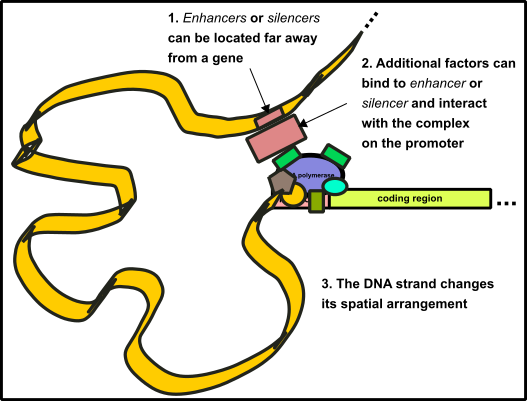
Fig.6 Moreover, you have to take enhancers and silencers into account. Made by Chapper - unrestricted use allowed
The DNA thus can make really strange movements to bring enhancers or silencers in contact with the promoter. Incidentally, the RNA polymerase does not simply moves across the DNA. Rather, she pulls the DNA through herself. Therefore, the entire complex (of RNA polymerase plus additional factors) does not change its position. Actually, the DNA changes its position relative to the complex.
And there are many more regulatory mechanisms. But that should be enough for now. You can also check the blog of @scienceblocks for more about this.
Furthermore, you have to know that each protein that binds to a promoter can dramatically alter the efficiency of the gene expression. The telomerase, for instance, can recognize the sequence TTAGGG on the DNA. The promoter of the hexokinase 2 bears a comparable sequence (TTGGG) and is therefore prone to be recognized by the telomerase.
And indeed, Roh et al. have shown that the telomerase is 1. able to bind this sequence and 2. increases the expression of hexokinase 2 which eventually led to a higher glucose turnover.
The whole mechanism is depicted here:
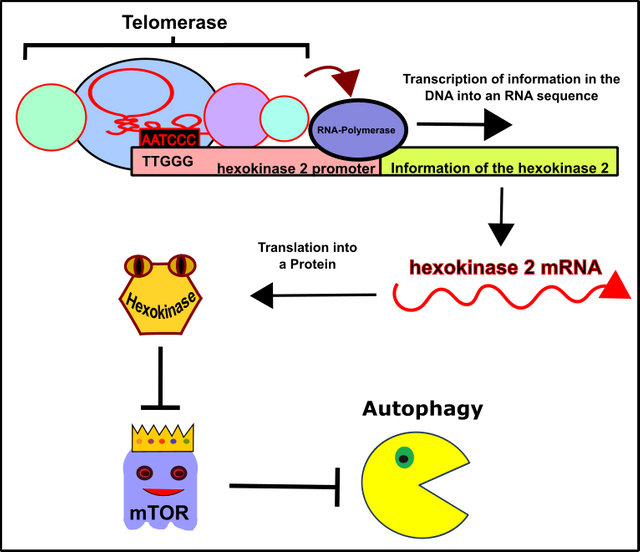
Fig. 7 My personal summary of the paper by Roh et al. 2018. Made by Chapper - unrestricted use allowed
I think you can estimate that the relations within a cell are more complex as most people probably suggest.
There are plenty of feedback loops and sideshows that can confuse you anytime.
So you cannot generalize in a cellular context!
Nevertheless, of course, you have some rules and concepts within the cell which are more or less manageable.
So if you ask me again if there is an interaction between CRM, autophagy and the telomerase the answer is:
Of course there is a connection!
Everything in your cells is somehow connected with each other!
It is only important to understand that you will never find a 100% lifestyle solution or even super pill that solves all your problems.
In the next articles, I will go a bit further in what you can do. But it often depends on your own fitness, discipline and background how successful you are at the end. For a better knowledge of how to assess studies, we will come across statistics next week. After that, we will figure out which options you really have.
Maybe one additional thing at the end. Please keep in mind that studies with mice or even only cells are never sufficient to explain how your body works. Many detailed studies are needed to find something like the truth.
That's why the title of the next article is: How can I get to the truth?
Until then, a nice start to the new week
Have fun
Chapper
Annotation
I've made all the illustrations in this article myself. You can, therefore, used them without permission. But please refer to this article here if you have done that.
Thank you.
References
- Of course, my brain again
- Also, the book W. Janning, E.K., Genetics: General Genetics - Molecular Genetics - Developmental Genetics. 2004: Georg Thieme publishing house.
- As well as the following references
- Vera, E., et al., Telomerase reverse transcriptase synergizes with calorie restriction to increase health span and extend mouse longevity. PLoS One, 2013. 8(1): p. e53760.
- Roh, J.I., et al., Hexokinase 2 is a molecular bridge linking telomerase and autophagy. PLoS One, 2018. 13(2): p. e0193182.
- Koh, C.M., et al., Telomerase regulates MYC-driven oncogenesis independent of its reverse transcriptase activity. J Clin Invest, 2015. 125(5): p. 2109-22.

Fantastic article mate! Thank you! I have followed and will be reading your other article on autophagy, as I'm a 20hr faster and would love to know more about how it interacts with DNA
Thanks so much!
Hey there,\n\nThank you for your kind feedback and your interest in the field.\n\nI'm always happy to inspire other people. Moreover, I'm happy when they also read my other articles as well.\n\n20hr is quite hard. But it helps to overcome a lot of problems. I also try it occassionally. \n\nWhen I find out more about specific consequences I will let you know.\n\nSo far good luck \n\nAnd\n\nBeam Da Steem\n\nChapper
Posted using Partiko Android
Provided a 15% vote bonus for your continued support of the promoted section on steemstem.io. Thank you!
Always a pleasure!
Many thanks back to you.
Have a nice week
Cheers
Chapper
Your drawings are super cute!
For a long time, I'm wondering if this is true. During WWI, Serbian army has crossed Albanian mountains. Very hard selection, and severe calorie restriction. If was embedded in minds that those generations had longevity, but I've never seen the data. I'll try to find something...
UPDATE> Italian study, children born during WWI died at a younger age than expected. Adults - not affected. Maybe this myth is not a myth...
Hey Alex,
there are indeed a lot of hints for the positive effects of caloric restriction in history.
Moreover, also experimental data exist on this subject.
For further information please check my article concerning this topic here.
Thank you moreover for the kind comment and the upvote.
Have a nice week
Regards
Chapper
This post has been voted on by the SteemSTEM curation team and voting trail in collaboration with @utopian-io and @curie.
If you appreciate the work we are doing then consider voting all three projects for witness by selecting stem.witness, utopian-io and curie!
For additional information please join us on the SteemSTEM discord and to get to know the rest of the community!
Hi @chappertron!
Your post was upvoted by Utopian.io in cooperation with @steemstem - supporting knowledge, innovation and technological advancement on the Steem Blockchain.
Contribute to Open Source with utopian.io
Learn how to contribute on our website and join the new open source economy.
Want to chat? Join the Utopian Community on Discord https://discord.gg/h52nFrV
Wow, was ein Artikel.. Mal wieder :D
Posted using Partiko Android
Vielen Dank!
Ach wegen dem Wichteln wollte ich nochmal mit dir sprechen.
Machen wir am besten später oder morgen. Bin nämlich gerade auf dem Sprung noch ein paar Pokemons zu fangen!
Gruß
Chapper
Haha auf Pokemon Jagd
Posted using Partiko Android
Congratulations @chappertron! You have completed the following achievement on the Steem blockchain and have been rewarded with new badge(s) :
Click here to view your Board of Honor
If you no longer want to receive notifications, reply to this comment with the word
STOPTo support your work, I also upvoted your post!
Do not miss the last post from @steemitboard: